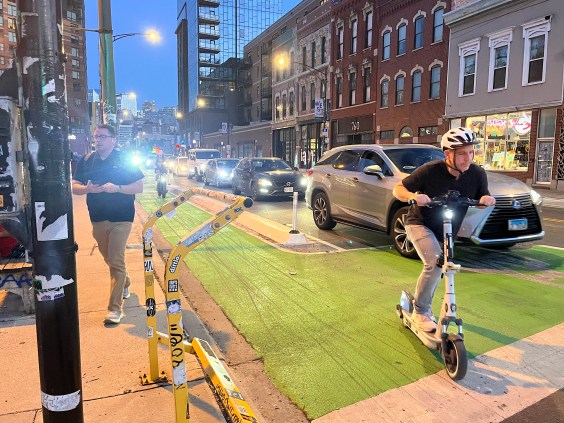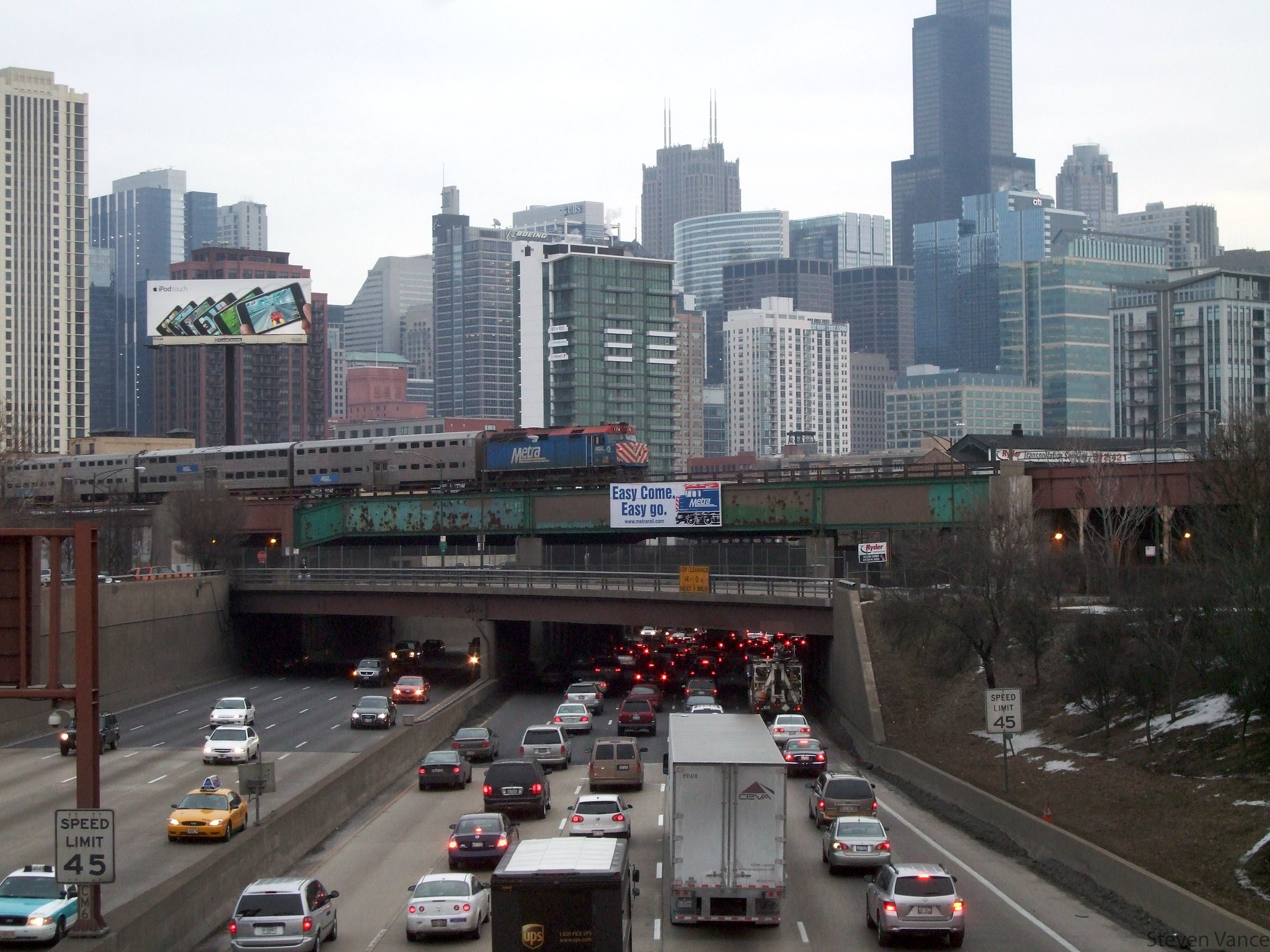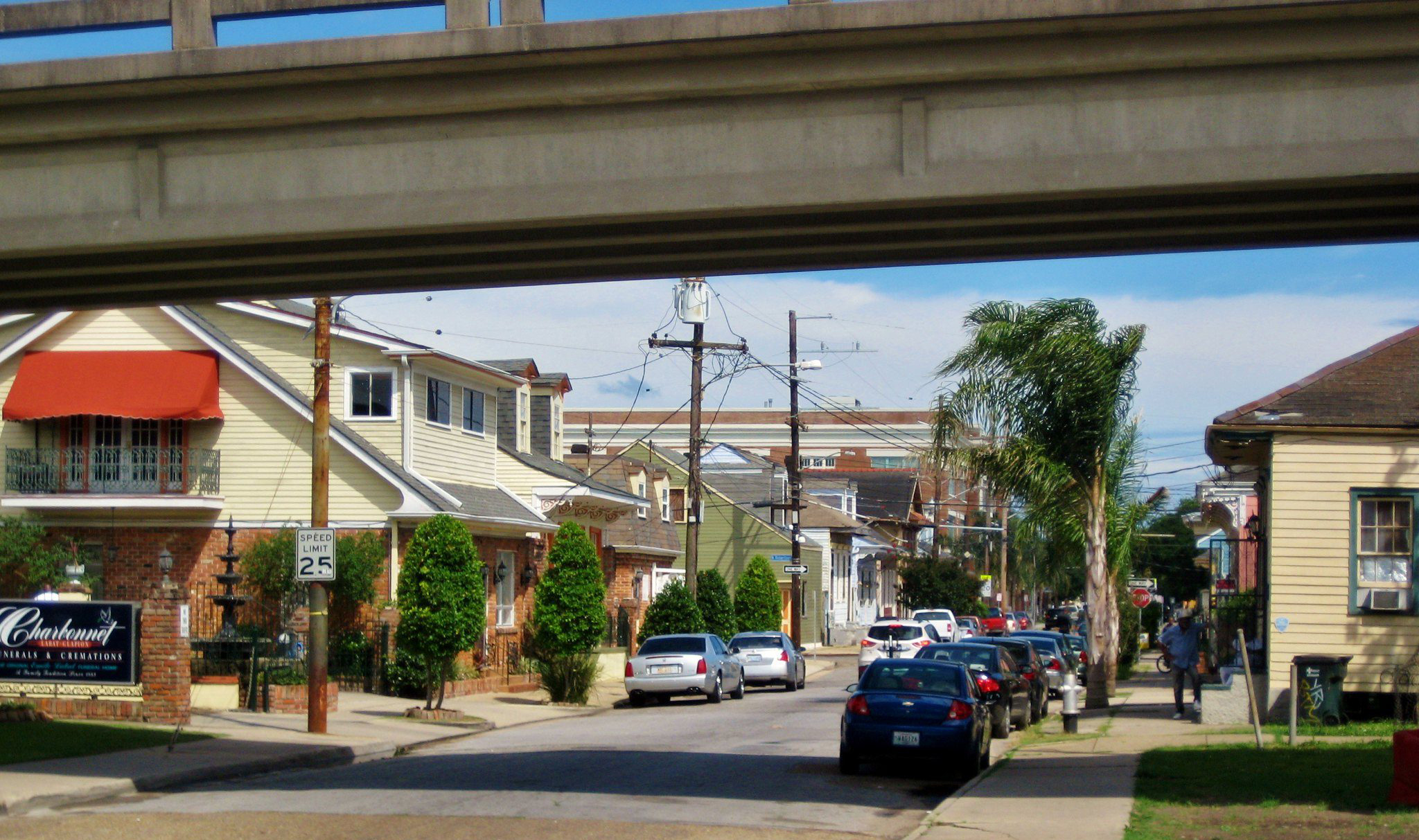Transit in Spokane, Washington, is centered around a well-designed plaza in downtown. While the transit plaza is considered a national example of how to design good amenities for riders, a group of business owners is trying to move it somewhere else, reports Bruce Nourish at Seattle Transit Blog.

Nourish says that would be a real blow to the city's transit system and to downtown itself:
Photos of the Plaza are shown around the world by Jarrett Walker as an example of the kind of civilized, humane waiting-place that transit customers should expect, and which can be built even by not-lavishly-funded agencies. Such facilities are especially important to small-city transit agencies like STA, where there is no rapid transit system around which to organize the rest of the transit network, nor enough money to run a full grid of frequent routes out to the limits of the service area, and thus many customers need to make connections through a single central hub.
Recently, a handful of well-connected downtown Spokane property owners have tried to force STA to move this flagship facility out of the downtown core. The events involved in the lead-up to this are a little complicated: there’s a recently-reactivated plan to refurbish the plaza, the removal (and then replacement) of a smoking area for plaza patrons, and a sudden flare up of concerns about crime, vagrancy and indigence in the retail core. The opposition’s stated reasons will be depressingly familiar to anyone who’s been involved in any major expansion of transit out to suburban areas: Putatively, transit facilities are full of ne’er-do-wells and criminals, loitering around waiting to rob or beg someone of their money, and the solution is to make these people disappear by making the facility disappear — and besides, all those buses are empty anyway. Of course, none of these things are actually true.
What really ails Spokane’s retail plutocrats is not the people of the Plaza, but their own ignorance: First, of the geometry of transit, and why transit hubs, to be most effective, must be located in walkable activity centers, like the heart of downtown; second, of the difference (seemingly inapparent to many who view the outside world exclusively through a car window) between someone who is loitering to cause trouble, versus a frazzled minimum-wage shift worker, waiting a few minutes between buses on their ride home (or to their second job); and third, of the basic fact that downtown isn’t a mall and that not everyone you will encounter on the sidewalk is someone from your social strata, and some of the people you encounter will be saying or doing things you’d prefer they didn’t. People who want an aseptic shopping experience are already at the expensive out-of-town mall: The urbanity and shared space of downtown is its primary asset.
One of the major proponents of the relocation is the family that owns the local newspaper, the Spokesman-Review, which also owns properties in the area. The paper has been editorializing strongly in favor of the relocation. Nourish says it's far from a done deal:
I hope that Spokane’s retailers and hoteliers will realize what Seattle’s have realized — that transit, like downtown, is good for people, and good for business.
Elsewhere on the Network today: The Transport Politic urges the feds to adopt some minimum service standards for cities hoping to expand transit systems with federal funds. ATL Urbanist says that people who live in Atlanta's most sprawling communities shouldn't feel entitled to convenient transit service. And Biking Toronto notes that the city has closed a biking route on an important corridor during a construction project, asking cyclists to mix with traffic going as fast as 55 mph instead of providing an alternative.





